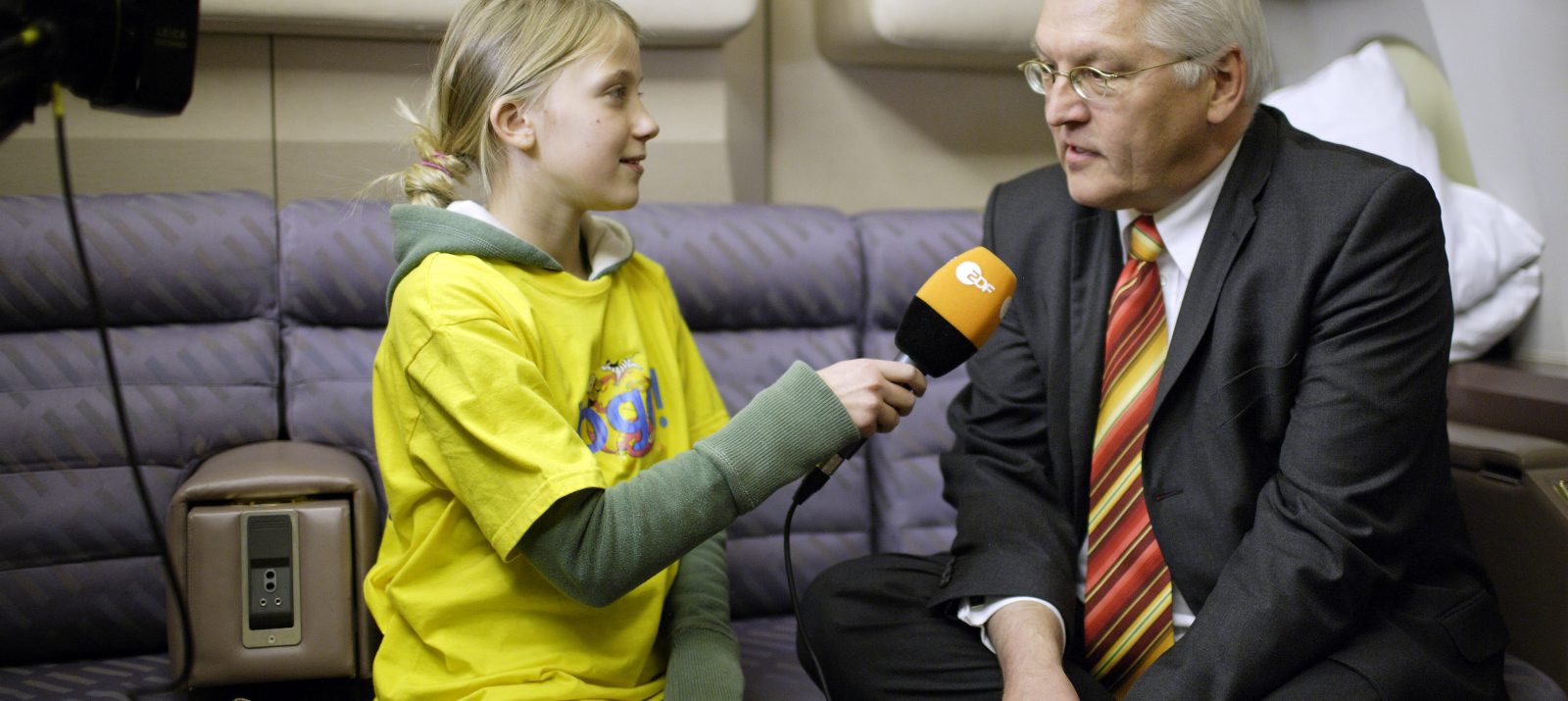
A bad event, such as the start of the war in Ukraine, usually dominates media coverage or street conversations for days. Children get to hear what adults are preoccupied with and are thus confronted with frightening, current events. It is hardly possible and makes little sense to keep children and young people completely away from the news. In this article, we explain how young people can be accompanied on the subject of news and what age-appropriate offers there are.
Many parents rightly wonder how to explain such events to children without frightening them. Adult news overwhelms children due to its complexity and the depictions of e.g. catastrophes, terror and violence. Especially pictures or videos are often still unsuitable for them, as they are difficult to classify and process. In times of fake news and many news sources that are difficult to assess, children and young people should be strengthened in their ability to understand, analyze and evaluate news in an age-appropriate way.
A variety of safe news services suitable for children are available for this purpose. They offer a wide range of topics and cover children’s interests. Your child will find news here conveyed in an age-appropriate way, in understandable language, with simple and clear sentences. In addition, dramatic and frightening images and videos are avoided. Sometimes children even become reporters themselves and report on events from their own perspective.
Examples of messages for children and young people on the Internet are
The children’s search engines blinde-kuh.de and fragfinn.de help to check news from different sites in a quick run. Here, articles from various child-friendly offers are displayed at a glance.
Podcasts have also long since arrived in the children’s room. In short audio files, children can get an overview of what is happening in the world right now. News in audio format comes entirely without frightening images, creating an inclusive opportunity for all children who cannot read or see.
Interesting examples of podcasts are:
Young people inform themselves less via linear television and more via social media platforms such as
YouTube
,
Instagram
and
TikTok
. Social networks and messengers are not only home to serious news offerings, but it is precisely there that young people are confronted with disinformation and opinion mongering, for example on extremist positions. The following formats from public broadcasters and other providers are recommended:
The following also applies to messages suitable for children: Depending on the child’s individual stage of development, you should watch or listen to messages specifically for the respective age group together with your child. Younger children in particular absorb news unfiltered and have difficulty assessing the extent to which the content affects them and influences their lives. Especially with bad events it is important to classify them well. Take your child’s fears seriously, talk to him about them, and comfort him. This will help your child understand the message and process it well.
For young people, it is important to continuously strengthen their information literacy. Give your child access to youth-friendly news portals. Stay in touch about what is happening on a daily basis and also talk critically about sources. Educate your child about phenomena like fake news, conspiracy myths, and propaganda, and set a good example by getting news only from reputable sources.